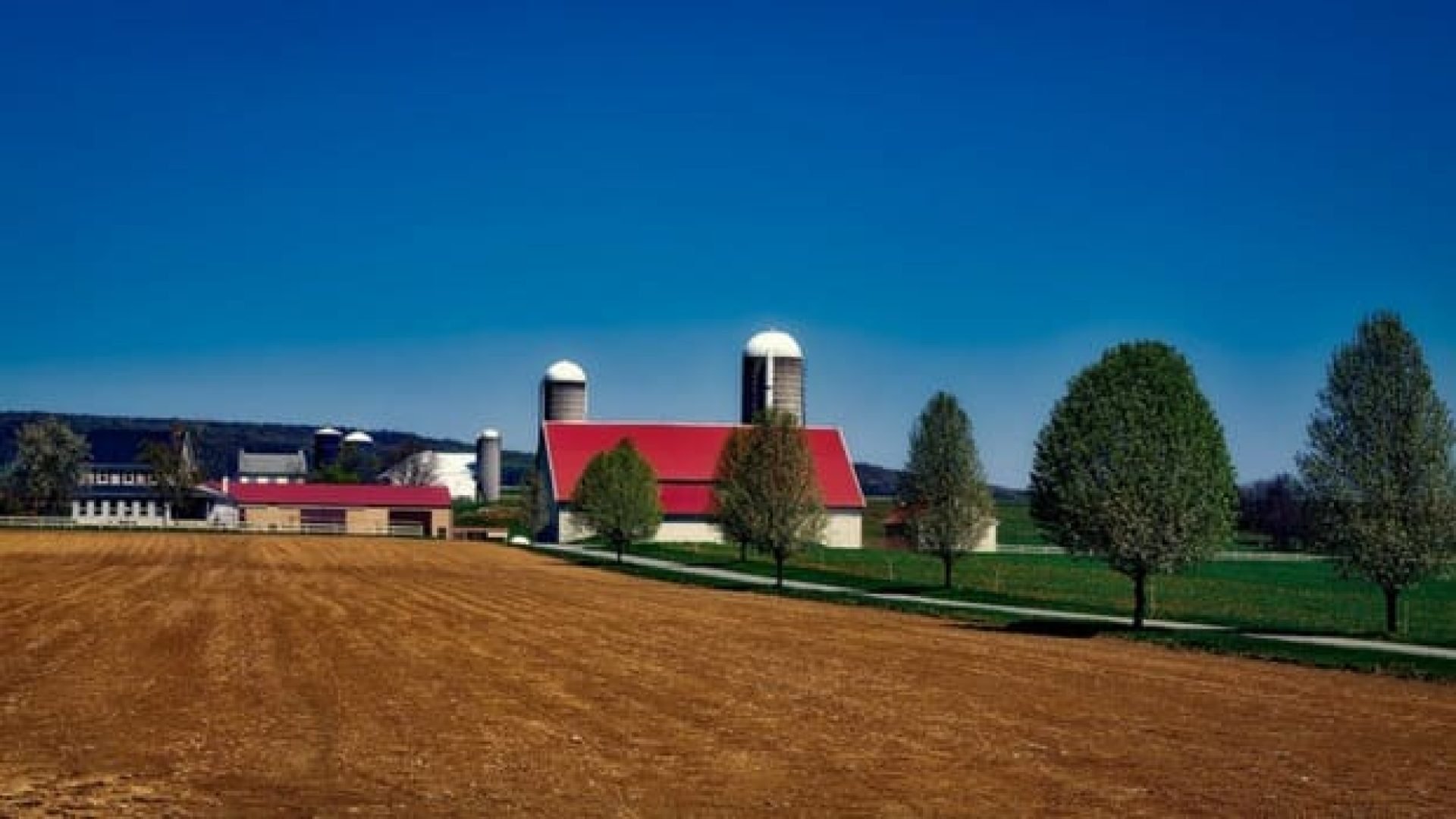The ruralization of America is underway, and it has significant impact on our approach to ministry as rural practitioners. The demographics often touted about the shrinking rural population and space in America overlooks a countervailing rural cultural influence. Likewise, we often describe our unique rural ministry approach as what is not urban or suburban, without proactively stating what rural ministry is. We should change our tune.
We know the general melody played about urbanization of the United States, where there has been a tremendous shift of population to urban areas over the years. Increasingly, we are also hearing about the ubiquitous impact of urbanism, the growing influence of urban life through sociocultural and symbolic influences.[1] The conclusion drawn is that there has been a “massification of rural society” through globalization, and the urban dominated world leads to a less distinct boundary around rural.[2]
However, what if the increasing interface (rather than boundary) between rural and urban not only reflects urbanism, but also a rising ruralization? “If the whole world is urbanizing, it must also be ruralizing.”[3] The interface of rural and urban interaction, the many gray spaces of where urban and rural meet, is not a unidimensional power play of urban on rural. Rural is simultaneously engaging in a countervailing influence.
Seeing the Influence of Rural
Think about how we see the countervailing influence of ruralization of the urban. Urban and suburban development is often designed with green space and amenities to give it a rural flavor. We generally talk about the triumph of urban and suburban areas over the rural due to sprawl and expansion. But the nature of that expansion has reflected a ruralization of our culture. The sprawl and the decentralization of many urban areas is an effort to make it look less urban and to feel more rural. The urban has experienced a change in identity as it is less of a core and becomes more sprawling, reflective of rural more than traditional metropolis.[4]
There are many examples of how even ruralism is impacting America. American personalities often seek out ways to look or convey a rural vibe. A compelling example is connected to Cowboy and Western movies portraying American values. A specific example is George W. Bush purchasing a rural ranch before his run for president as a means to connect to the common person (Lichter and Brown 2011, 570).[5]
I am not completely detached from reality—rural is certainly being influenced by urbanization and urbanism. At the same time, we do a disservice if we do not recognize that there is a countervailing ruralization and ruralism being felt in America. In regard to rural ministry, a key cultural phenomenon to respond to is the hunger for place.
Belonging and Placelessness
There has been a tremendous amount of ink invested in the importance of providing people with a sense of belonging.[6] Rightfully so, and that is a great opportunity for the church. A specific application of belonging involves our hunger for place.
The 1970s, marked an increasing focus on the differentiation of space and place. Spaces refer to the spatial proximity of something, or the arrangement of things within certain boundaries. Place, on the other hand, is linked to meaning by nature and culture. Hence, place defines space, “giving it a geometric personality.”[7] A neighborhood is first a blurry space, through experience it can become a place.[8]
Architects largely discounted the idea of place, and focused on maximizing space rather than shaping experience. Meanwhile, a rising tide of voices were pointing out that building spaces rather than places was leading to increasing “placelessness,” “the weakening of distinct and diverse experiences and identities of places . . . from a deep association with places to rootlessness, a shift that, once recognized and clarified, may be judged undesirable and possibly countered.”[9]
By the 1990s, there was a rising sentiment that we had gotten zoning rules wrong. The sprawling post-World War II suburban expansion was designed to be less like the city core and more like a quasi-rural experience, enabled by the rise of the automobile. But something was missing. The creation of a rural-like experience with the nearby amenities and work of the city ended up to be a counterfeit. We had lost the sense of place that a city core or rural area offered through social interactions that came with “place.” The suburbs were a space, intended to give an individual or a single family the ideal life. Without the sense of community offered by a city core or traditional rural towns, a sense of placelessness permeated the experience.[10]
Hunger for Place
Part of the ruralization of America can be seen in the nostalgic hunger for place. When there is money to be made, we can learn all sorts of interesting things—such as what people are willing to pay for. In a fascinating study of Cracker Barrel restaurants, the authors found that Cracker Barrel restaurants:
. . . cultivate a strong sense of place through careful theming, generating a distinct sense of rural America and nostalgia for home. At the same time, the uniformity of Cracker Barrel speaks to the notion of placelessness, the eradiation of unique local features and homogenization of experience. Cracker Barrel is thus simultaneously placeless and placefull.”[11]
Notice, Cracker Barrel restaurants are carving out their niche by trying to look rural, often in very non-rural settings. The specific approach the restaurants are using is to develop a sense of place that connects with what people long for—either from nostalgic memories or the rural idyll that they have seen popularized on screen or in print. What is amazing, is that they are doing this through developing a counterfeit sense of place. They use memorabilia and decorations that symbolically link people with a nostalgic sense of rural place, without actually creating it.
People are hungry enough for rural place that they will accept a franchised version of it. In contrast, the rural church can provide the real thing—belonging in a true sense of place. We have the opportunity to unapologetically meet a need for place.
Rural Ministry in Place
It’s true that people need places to live, and I don’t begrudge anyone the dream of owning a pretty house for their kids to grow up in—but I believe we need more than just houses. We need homes, and a home is more than just the four walls where we eat and sleep and watch Netflix. It’s a place that shapes and gives meaning to our lives. We need Places with a capital P, places that honor the community’s history, the sacredness of creation, and our basic human need for beauty and nature.[12]
If we listen well to this quote, we hear the impact of the ruralization of America. There is a search for Place—that connects with very rural tenets. Community history. Connection with creation. Link to beauty and nature.
Our usual ministry posture is one of defensiveness as rural ministry practitioners. Since we are a shrinking minority, we need to carve out what continues to make our ministry call different. At the same time, we should be proactive in our ministry posture. There is a ruralization of America underway that also opens the door for ministry approaches that are more than defensive. We have an increasing opportunity to connect with people in very real ways.
The rural church has the opportunity to provide a Place for people to belong. The rural church has the opportunity to partner with her community in ways that fosters a resurgence of place in the town and village. The rural church also has the opportunity to see that there are not distinct boundaries around who is “rural enough” to respond to rural ministry. The ruralization of America creates a hunger for what rural ministry offers.
The key is to recognize that Place is not something that just happens. It requires intentional attention and fostering. We have that opportunity in rural ministry. Not as a defensive tactic because no one understands us, but as a proactive opportunity that we are the most equipped to undertake. Let’s steward this gift well.
[1] Lichter, Daniel, and David Brown. 2011. “Rural America in an Urban Society: Changing Spatial and Social Boundaries.” Annual Review of Sociology. 37: 565-592. 566.
Brown, David L. and Kai A. Schafft. 2011. Rural People and Communities in the 21st Century: Resilience and Transformation. Cambridge, UK: Polity Press.16-17.
[2] Lichter and Brown 2011, 567.
[3] Monika Krause. 2013. “The Ruralization of the World.” Public Culture. 25 (2): 233-248. 1.
[4] Cloke, Paul. 2006. “Conceptualizing Rurality.” In Handbook of Rural Studies. Edited by
Paul Cloke, Terry Marsden, and Patrick Mooney, 18-28. London: SAGE. 19.
Woods, Michael. 2015. Conceptualizing Rural Areas in Metropolitan Society: A Rural View.
Paper presented at the Workshop on Rationalizing Rural Area Classifications, April,
National Academies of Sciences, Engineering, and Medicine, Washington, DC. http://sites.nationalacademies.org/DBASSE/CNSTAT/DBASSE_160632 [November 2015]. 30.
[5] Lichter and Brown 2011, 570.
[6] Myers, Joseph R. 2003. The Search to Belong: Rethinking Intimacy, Community, and Small Groups. Grand Rapids: Zondervan.
Myers, Joseph R. 2007. Organic Community: Creating a Place Where People Naturally Connect. Grand Rapids: Baker Books.
Moon, Jay and W. Bud Simon. 2021. Effective Intercultural Evangelism: Good News in a Diverse World. Downers Grove, IL: IVP.
[7] Tuan, Yi-Fu. 1977, 2001. Space and Place: The Perspective of Experience, Eighth Printing.
Minneapolis: University of Minnesota. 17.
[8] Ibid.
[9] Relph, E. C. 1976. Place and Placelessness. London: Pion. 6.
[10] Kunstler, James Howard. 1994. The Geography of Nowhere: The Rise and Decline of America’s
Man-Made Landscape. New York: Simon and Schuster.
[11] Gregory, Meredith and Caitlin Finlayson. 2019. “The Paradox of Cracker Barrel: A Case Study on Place and Placelessness.” Advances in Hospitality and Tourism Research. 7 (2): 258-276. 258.
[12] Peterson, Andrew. 2021. The God of the Garden. Nashville: B&H. 160.

